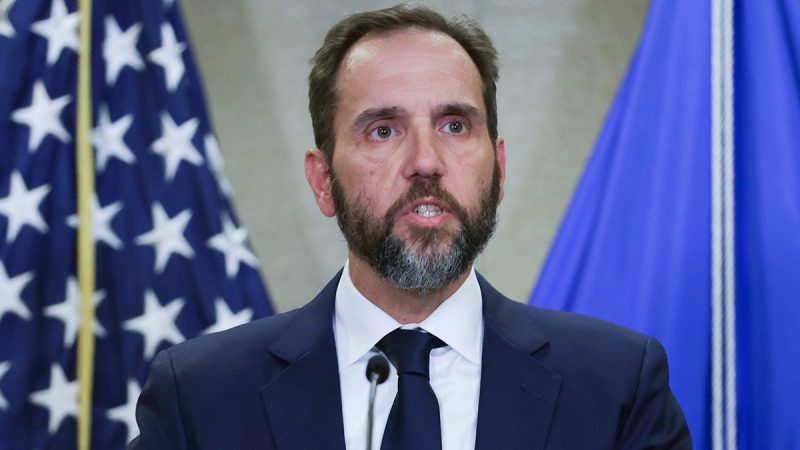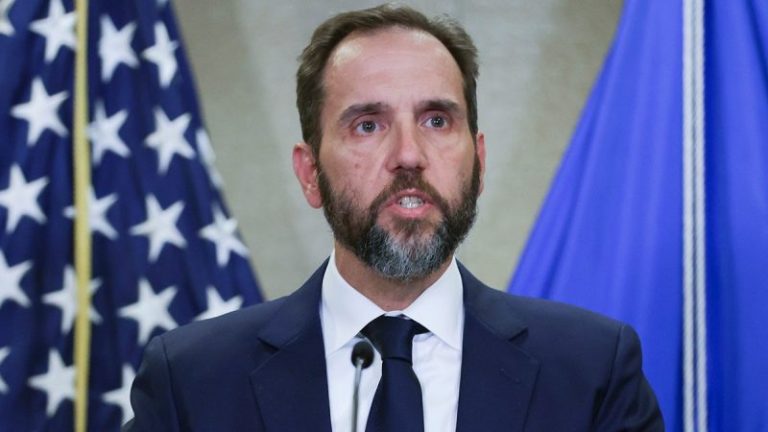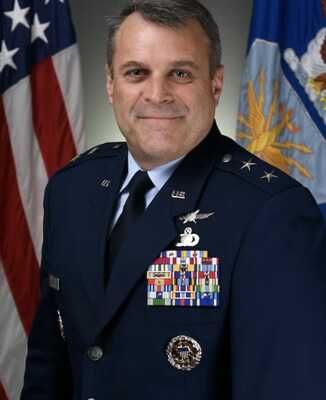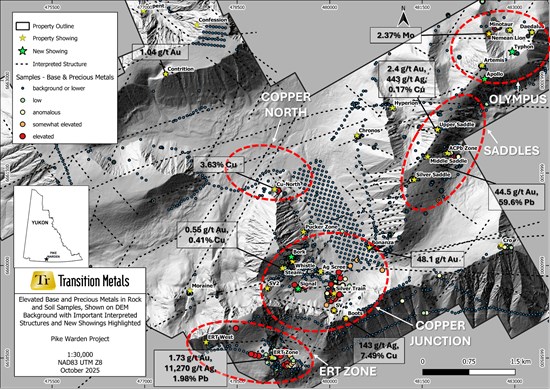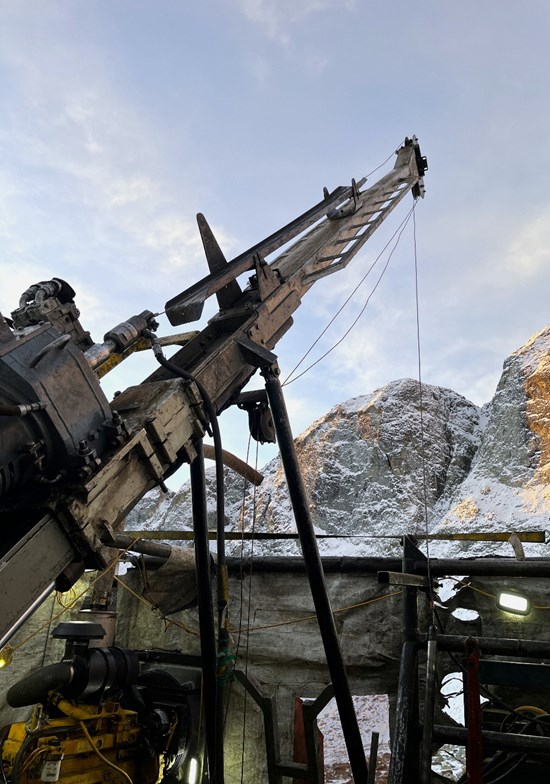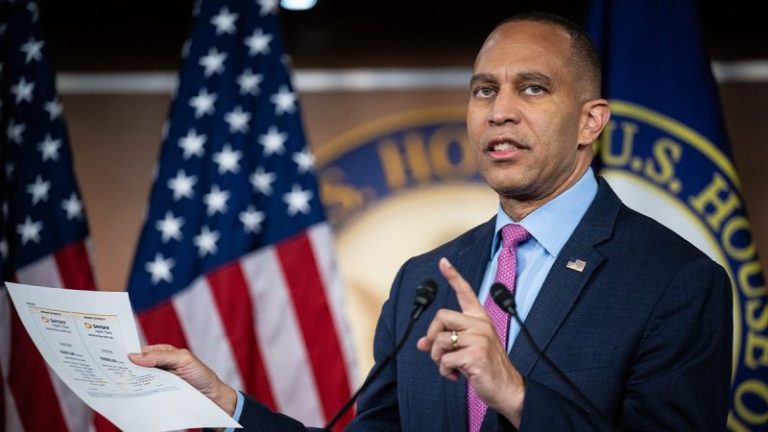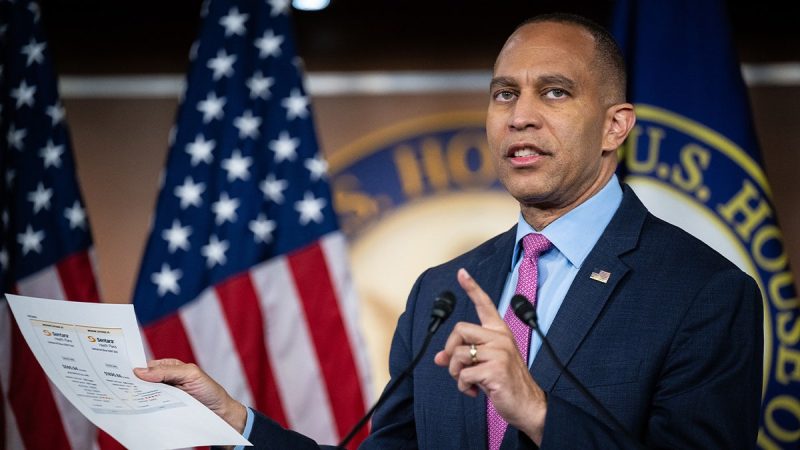Copper Quest Exploration Inc. (CSE: CQX; OTCQB: IMIMF; FRA: 3MX) (‘ Copper Quest ‘ or the ‘ Company ‘) is pleased to announce that it has signed an Amended Option Agreement (the ‘ Amendment Agreement ‘) with ArcWest Exploration Inc. (‘ ArcWest ‘) on the RIP Copper Project (the ‘ Project ‘ or ‘ RIP ‘) in the Stikine region of British Columbia. The RIP Project is situated approximately 33 km northeast of Imperial Metals’ past producing Huckleberry copper-molybdenum (‘ Cu-Mo ‘) mine and Surge Copper’s advanced stage OxSealBerg projects. Imperial Metals Corporation is exploring Huckleberry and its surrounding claims for additional Cu-Mo resources.
Highlights of the RIP 2024 Phase One Drilling:
- First phase drill testing at Rip has confirmed that the largely covered geophysical targets define a Cu-Mo mineralized porphyry system.
- Zones of anomalous Cu-Mo mineralization are hosted in multiple phases of porphyritic intrusions and associated vein stockwork. Drill Intersection highlights include (*Table 1):
- 0.102% CuEq over 126.6 m * in drill hole RP24-001 from 21.4 m
- Including 0.267% CuEq over 24.6 m * from 21.4
- 0.113% CuEq over 114.3 m * in drill hole RP24-002 from 33.6 m
- The southern highly prospective, approximately 1X1 kilometer (‘ km ‘), annular geophysical anomaly remains untested by drilling. The northern highly prospective, approximately 1X1 km, annular geophysical anomaly remains largely untested (Figure 1).
- most 2024 drill assays are anomalous in Cu-Mo with the presence of intense quartz-sericite-pyrite alteration and strongly developed vein sets resembling D veins indicates the presence of a significant porphyry system that has been insufficiently tested.
- In 2024, acquired five additional claims by staking, more than doubling the initial 2,308.81 ha road accessible property to its current 4,770.65 hectares in a top tier exploration and mining district, the Bulkley Porphyry Belt.
Brian Thurston, President & CEO of Copper Quest, commented : ‘ We are excited to plan the first ever drill campaign targeting the highly prospective southern geophysical anomaly at RIP. The Phase One drill program successfully demonstrated that a multi-phase, mineralized porphyry system is defined by the geophysical targets interpreted by Copper Quest with extensive Cu-Mo mineralized intersections in both holes of that limited drill program. The drilling of the northern target chargeability high is host to impressive porphyry style stockwork that has potential to improve in grade down plunge and laterally. The majority of the system, including the entirety of the southern target, remains untested and is highly deserving of additional exploration. Copper Quest has assembled a dominant land position in the Bulkley Porphyry Belt and created a unique opportunity that unlocks a district scale copper porphyry pursuit. ‘
In summary, the 2024 mag, IP and drill program successfully resolved the original Rip anomaly into two separate porphyry systems and demonstrated that the northern target contains multiple intrusive phases and long intervals of low-grade Cu-Mo mineralization. This northern target has been partly defined as a 600m wide subvertical cylindrical mineralized zone between a magnetic barren core and a chargeable pyrite halo. The northern target has only been tested by three diamond drill holes (two by Copper Quest in 2024, one historical in 1975). The southern geophysical target is equivalent in size to the northern anomaly and has not yet seen diamond drill testing.
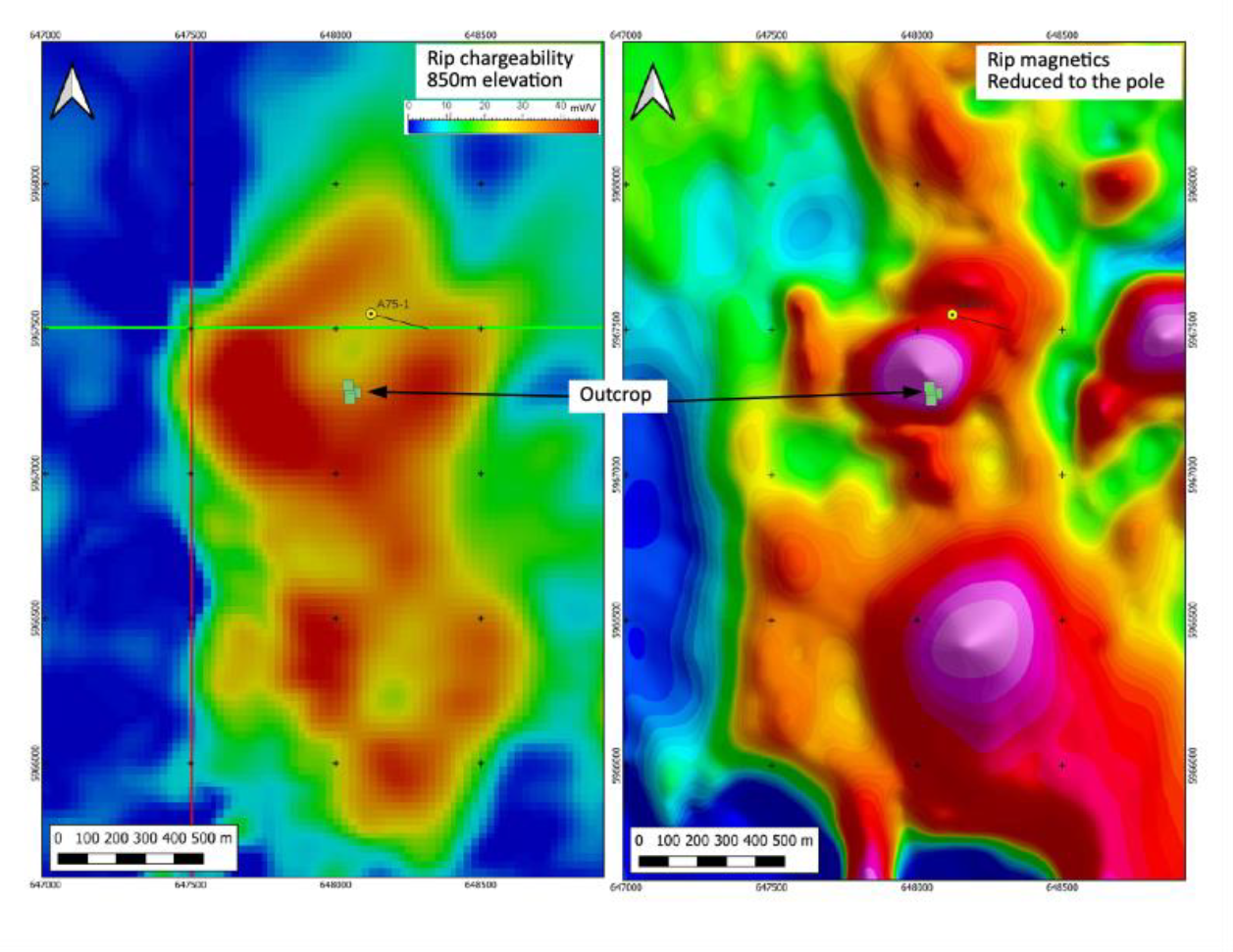
Figure 1 : RIP Chargeability and Magnetic Survey Results
Technical Details of the Drill Program
The RIP project is interpreted as a highly underexplored porphyry Cu-Mo system that is predominantly covered by overburden. A small outcrop area contains variably altered porphyritic intrusions which cut strongly hornfelsed Hazelton Group volcano-sedimentary rocks. Porphyritic intrusions and hornfelsed country rock are both host to porphyry style stockwork, including magnetite-chalcopyrite and quartz-chalcopyrite-molybdenite veins. Historical exploration drilling on the project included shallow, predominantly percussion holes targeting a large IP anomaly; within the IP anomaly, the holes intersected predominantly QSP altered lithologies (including altered porphyritic intrusions) with anomalous Cu-Mo mineralization. Multiple holes failed to reach bedrock.
An airborne magnetic survey flown in 2024 revealed for the first time two separate circular magnetic highs within the historical chargeability high, suggesting that RIP contains two porphyry centers. The southern mag high is significantly larger than the northern one but does not crop out. Following the airborne mag survey, a 3D-DCIP induced polarization and resistivity survey was completed over the Rip target in 2024. The new IP survey resolved the original 1980 chargeability anomaly into two chargeability ‘donuts’ around the two separate magnetic highs, the classic ‘pyrite halo’ signature of porphyry systems, providing more evidence for the interpretation that RIP contains two adjacent porphyry systems.
Table 1 . Summary of assay results
| DDH |
|
From |
To |
Interval (m) |
Cu ppm |
Mo ppm |
Au ppm |
Ag ppm |
| RP24-001 |
|
21.4 |
148 |
126.6 |
514 |
43.2 |
0.026 |
0.50 |
| RP24-001 |
incl |
21.4 |
94 |
72.6 |
659 |
63.4 |
0.035 |
0.69 |
| RP24-001 |
incl |
21.4 |
46 |
24.6 |
1285 |
109.0 |
0.074 |
1.55 |
| RP24-001 |
and |
464 |
532 |
68 |
665 |
38.1 |
0.018 |
0.46 |
| RP24-001 |
incl |
500 |
516 |
16 |
886 |
36.8 |
0.022 |
0.57 |
| |
|
|
|
|
|
|
|
|
| RP24-002 |
|
33.6 |
147.9 |
114.3 |
615 |
49.8 |
0.023 |
0.48 |
| RP24-002 |
incl |
33.6 |
106 |
72.4 |
724 |
63.9 |
0.029 |
0.57 |
Notes on Table 1 : Average of assays from selected intervals with values continuously >500ppm CuEq, with allowance for inclusion of single sample gaps
In 2024 two drill holes were completed on the northern geophysical target from a single setup, both intersecting anomalous to low-grade Cu-Mo porphyry mineralization from surface, and at depths >400m in RP24-001. Mineralization in both holes is hosted in three distinct phases of porphyritic intrusions with potassic to phyllic alteration and multistage veining (e.g., magnetite-chalcopyrite; quartz-chalcopyrite-molybdenite, pyrite-chalcopyrite with sericite haloes).
RP24-001 drilled eastwards towards the core of the geophysical anomaly, targeting the magnetic high within the high chargeability ring. Between upper and lower mineralized zones lies a central barren zone of strongly magnetic crowded porphyry (148-284m), major quartz pods and segregations (284-334m) and unidirectional solidification textures (‘ USTs ‘) (369-374m). These coincide with the magnetic high and are interpreted to comprise a central magmatic cupola near the magmatic-hydrothermal transition.
RP24-002 drilled westwards away from the core of the geophysical anomaly, targeting the strongest portion of the high chargeability ring. Below an upper zone of weak Cu-Mo mineralization, the lower portions of the hole intersected strong to intense sericite-pyrite alteration with D-style veins but negligible Cu-Mo. This abundant pyrite alteration explains the chargeability ring and is interpreted to be a portion of the pyrite halo of the northern target.
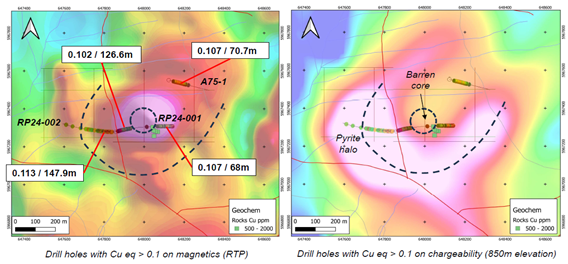
Figure 2 – Plan view of 2024 drilling, overlain on northern geophysical target. (Data from drill hole A75-1 is included from historical sources that have not been verified by Copper Quest)
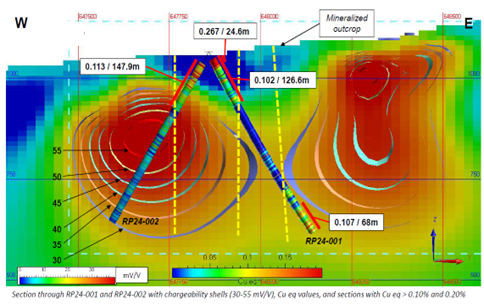
Figure 3 : Cross section across the northern target (looking north), showing chargeability and CuEq drill intercepts.
RIP Option Amendment
In late 2023, the Company announced its option agreement with ArcWest to acquire up to an 80% interest in the RIP Cu-Mo project. Copper Quest can earn the first tier of its interest in the project by completing staged exploration work totaling C$2.0 million, including 3,000 meters of drilling, payments totaling C$100,000 and annual share payments over four years until the end of 2027. The Amendment Agreement extends the drilling requirement from December 31, 2025 to December 31, 2026. The Company is planning a minimum 2,000-meter Phase 2 drill program that will complete the terms set forth in the Option Agreement and earn Copper Quest its initial 60% ownership in the RIP project.
Qualified Person
Brian Thurston, P.Geo., the Company’s President, CEO and a qualified person as defined by National Instrument 43-101 Standards of Disclosure for Mineral Projects , has reviewed and approved the technical information in this news release.
Director Transition to Technical Advisor
Dr. Mark Cruise Ph.D, P.Geo, ICD.D has stepped down from his positions as Director and Audit Chair of the Company but will remain on the team as Technical Advisor to the Board. Dr. Cruise’s has more than 25 years of experience discovering, developing and operating mines in Europe, South America, Canada and Africa. He was a former Senior Geologist at Anglo American, Founded Trevali Mining and grew that to be a top 10 zinc producer. The Company wishes to thank Mr. Cruise for his time as Director and looks forward to his continued input as a Copper Quests technical advisor.
Copper: Global Demand & Supply
Globally, copper demand continues to surge, driven by electrification, electric vehicles, renewable energy, and the massive expansion of AI and data center infrastructure. Yet supply remains constrained, with declining grades at existing mines, limited new discoveries, and prolonged permitting timelines. The resulting supply-demand imbalance underscores the importance of advancing new porphyry discoveries in stable jurisdictions.
About Copper Quest Exploration Inc.
Copper Quest ( CSE: CQX; OTCQB: IMIMF; FRA: 3MX ) is focused on building shareholder value through the exploration and development of its North American Critical Mineral portfolio of assets. The Company’s land package currently comprises five projects that span over 40,000+ hectares in great mining jurisdictions.
Copper Quest has a 100% interest in the Stars Property, a porphyry copper-molybdenum discovery, covering 9,693 hectares in central British Columbia’s Bulkley Porphyry Belt. Contiguous to the Stars Property, Copper Quest has a 100% interest in the 5,389 hectare Stellar Property. CQX also has an earn-in option up to 80% and joint-venture agreement on the 4,700 hectare porphyry copper-molybdenum RIP Project, also in the Bulkley Porphyry Belt.
Copper Quest has a 100% interest in the Nekash Copper-Gold Project, a porphyry exploration opportunity located in Lemhi County, Idaho, along the prolific Idaho-Montana porphyry copper belt that hosts world-class systems such as Butte and CUMO. The project is fully road-accessible via maintained U.S. highways and forest service roads and currently consists of 70 unpatented federal lode claims covering 585 hectares.
Copper Quest has a 100% interest in the Thane Project located in the Quesnel Terrane of Northern BC which spans over 20,658 ha with 10 high-priority targets identified demonstrating significant copper and precious metal mineralization potential.
Copper Quest’s leadership and advisory teams are senior mining industry executives who have a wealth of technical and capital markets experience and a strong track record of discovering, financing, developing, and operating mining projects on a global scale. Copper Quest is committed to sustainable and responsible business activities in line with industry best practices, supportive of all stakeholders, including the local communities in which it operates. For more information on Copper Quest, please visit the Company’s website at Copper Quest .
On behalf of the Board of Copper Quest Exploration Inc.
Brian Thurston, P.Geo.
Chief Executive Officer and Director
Tel: 778-949-1829
For further information contact:
Investor Relations
info@copper.quest
Forward Looking Information
This news release contains certain ‘forward-looking information’ and ‘forward-looking statements’ (collectively, ‘ forward-looking statements ‘) within the meaning of applicable securities legislation. All statements, other than statements of historical fact included herein, including without limitation, future operations and activities of Copper Quest, are forward-looking statements. Forward-looking statements are frequently, but not always, identified by words such as ‘expects’, ‘anticipates’, ‘believes’, ‘intends’, ‘estimates’, ‘potential’, ‘possible’, and similar expressions, or statements that events, conditions, or results ‘will’, ‘may’, ‘could’, or ‘should’ occur or be achieved. Forward-looking statements reflect the beliefs, opinions and projections on the date the statements are made and are based upon a number of assumptions and estimates based on or related to many of these factors. Such factors include, without limitation, risks associated with possible accidents and other risks associated with mineral exploration operations, the risk that the Company will encounter unanticipated geological factors, risks associated with the interpretation of exploration results, the possibility that the Company may not be able to secure permitting and other governmental clearances necessary to carry out the Company’s exploration plans, the risk that the Company will not be able to raise sufficient funds to carry out its business plans, and the risk of political uncertainties and regulatory or legal changes that might interfere with the Company’s business and prospects. Readers should not place undue reliance on the forward-looking statements and information contained in this news release concerning these items. The Company does not assume any obligation to update the forward-looking statements of beliefs, opinions, projections, or other factors, should they change, except as required by applicable securities laws.
The Canadian Securities Exchange has not reviewed, approved or disapproved the contents of this press release, and does not accept responsibility for the adequacy or accuracy of this release.
Photos accompanying this announcement are available at:
https://www.globenewswire.com/NewsRoom/AttachmentNg/f7bf1481-6176-4d99-8341-dd3522aaf2f6
https://www.globenewswire.com/NewsRoom/AttachmentNg/af2da187-a07e-4ba2-8d2a-925a4f2cac8b
https://www.globenewswire.com/NewsRoom/AttachmentNg/0a58a60c-7465-45f1-9292-b5354182d4a8



